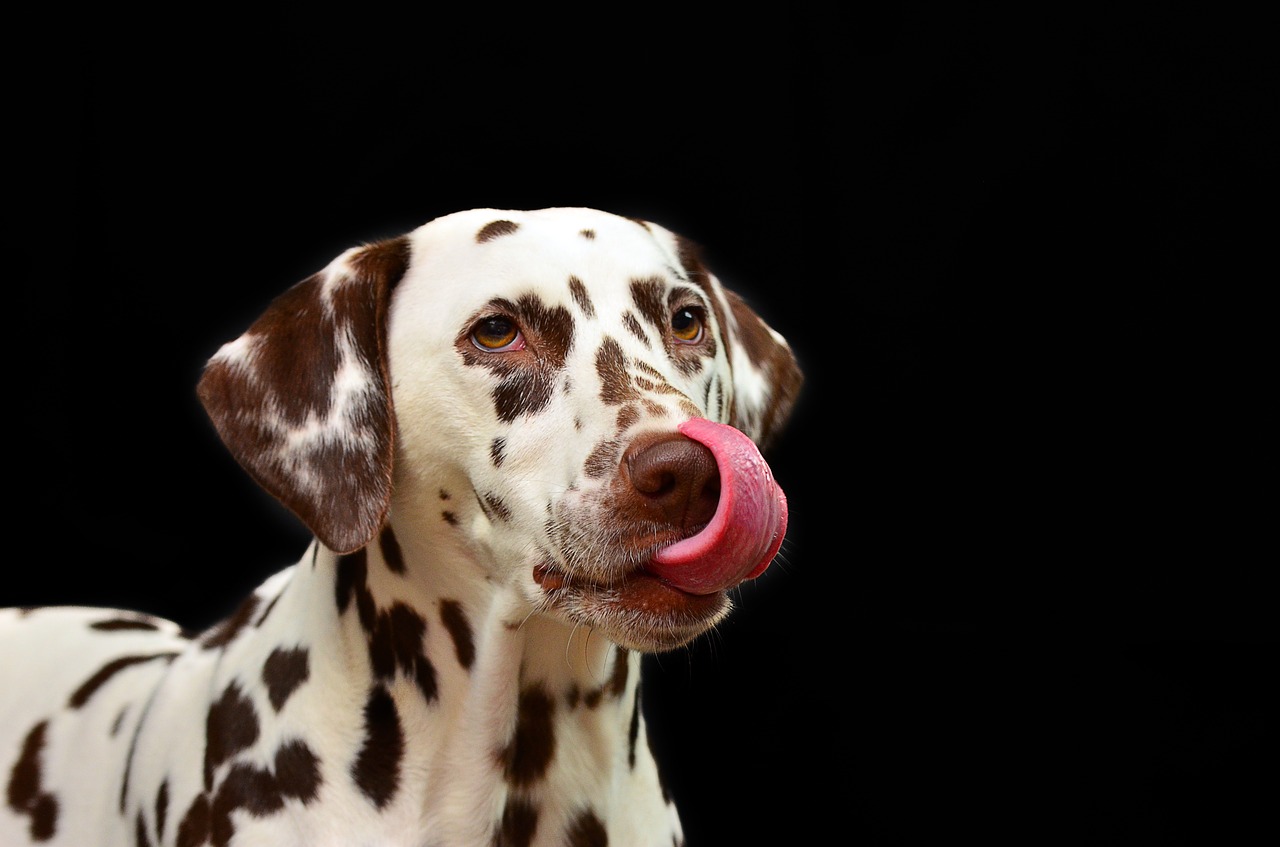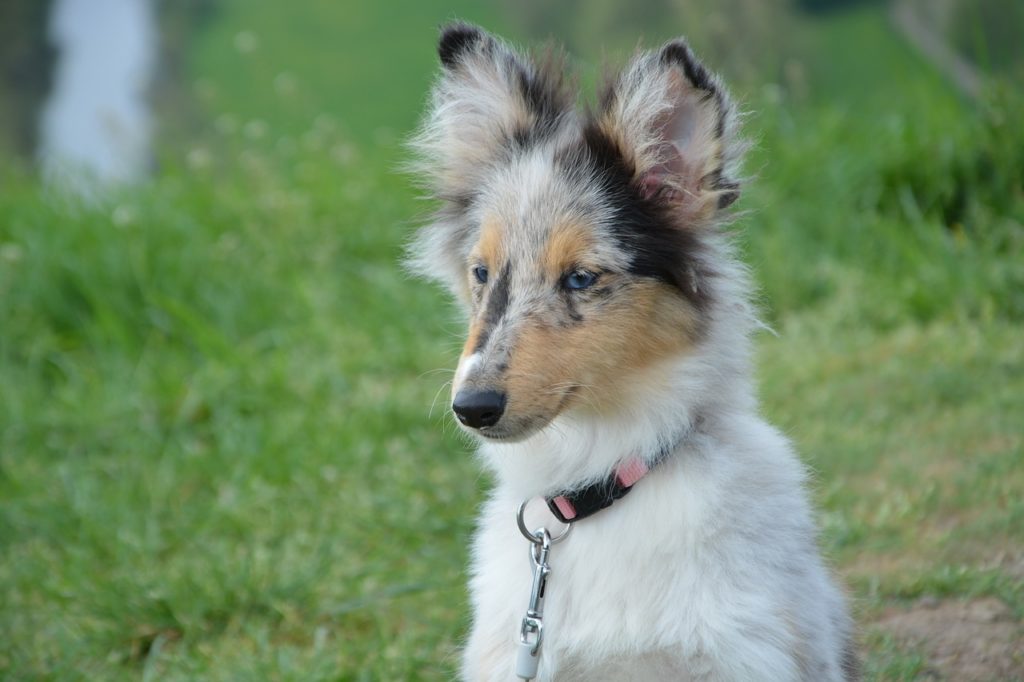If you have recently discovered that your dog is suffering from food allergies, you are probably a bit lost on where to go from here. It’s very clear that your pup needs a change in his diet, but how do you know what’s safe for him to eat? It’s very understandable why finding the right dog food can be a challenge. You know you have to identify the main culprit of his allergy, but that seems a lot easier said than done.
To understand what food products your dog is allowed to eat, it’s important to understand what allergies are and what causes them to occur in the first place. Once you have this fundamental knowledge, you will be able to choose the proper diet for your four-legged friend. Just like with any health issue that inflicts your dog, it is always recommended to consult with your veterinarian when any problems arise.
This article will provide you with the essential information needed to understand food allergies in dogs and what you can do as their owner to help them. From there, we will go over foods for dogs with allergies tips to follow as you care for a dog with these problems. Even though it may take a few trial runs to find the best food for your pet, once you do, he will go back to his normal, happy self in no time at all.
What Causes Dog Food Allergies?
Although there are many causes of food allergies, most pet care professionals believe having a predisposition to allergies is a major factor. However, all dogs at any age can develop allergies. It is also not uncommon for a dog with food allergies to develop other sensitivities to environmental factors or airborne allergens as well. In most cases, dogs develop these allergies from a reaction to certain types of protein. When a dog suffers from these allergies, their body mistakes these protein molecules as a potential threat.
A dog could be eating the same food for their entire life and still develop an allergy at some point down the road. That is because allergies take a while to develop, and can come on at any point in an animal’s life. As a general rule of thumb, the most common culprits that cause these allergies to occur include wheat, beef, chicken, and dairy.
What are the Common Signs of Food Allergies in Dogs?
Most owners of dogs with allergies report a generalized itchiness and head shaking as the main symptoms. These two symptoms are the most common signs to look out for. Another common symptom is recurring ear infections. Whether your dog is a swimmer or not, frequent ear problems is never a good sign. If he has more than 2-3 ear infections a year, that could mean he is suffering from a food allergy or other internal health complication.
Another lesser-common sign of food allergies in dogs is the color of their nail bed. If the upper part of your dog’s nails is brown or bronze, that could mean they have an underlying health issue linked to their food intake. This is easily detectable if your dog has white fur. You can also check the area around their mouth for any discoloration as well.
The last most important sign of food allergies is a reduced coat health. Does your dog’s coat look dull and brittle? If his coat is dry, red, or flaky, that is a good indication that he has some type of underlying allergy. In some cases, a dog’s itchiness can even cause hair loss. Keep an eye on your dog’s coat health. These changes are not typical of a healthy dog and should be checked by a professional if the problem persists.
Other symptoms that can also occur include gas, diarrhea, coughing, obsessive licking, skin infections, vomiting, paw biting, hives, and inflamed feet. If any of these symptoms have been identified in your dog, schedule an appointment with your veterinarian. The sooner you can get him looked at, the faster he will be able to seek treatment.
What Are the Different Types?
Although it may be difficult to spot the difference, food allergies and food intolerances are two entirely different issues. However, they both show very similar symptoms, which means it can be hard to decipher the difference between the two.
When a dog has a food allergy, their body’s immune system is responding to an unknown threat. In this case, a dog’s body mistakes an ingredient in their diet for an unknown invader. The body has also been previously exposed to this allergen, giving the body time to develop antibodies. Most food allergies will be accompanied by the symptoms that were listed in the above section.
A food intolerance does not have any immune system reactions involved. With that being said, they can have very similar digestive issues like a food allergy. Dogs with food intolerance are unable to properly digest and break down a particular ingredient in their diet. Lactose intolerance is also prevalent in canines and will show the same symptoms as any other food intolerance or allergy.
Common Ingredients that Cause a Food Allergy in Dogs
As said before, protein sources are what causes a food allergy to occur. In a normal, healthy dog, their body will break down the ingested food and turn it into amino acids, which can later be absorbed by white blood cells. If a dog’s digestive system has a difficult time breaking down protein, their body will mistake these particles as intruders. Over time, this attacking response will grow and cause further symptoms to occur. Technically all food ingredients can cause an allergy to occur, however the most common are as followed:
- Chicken
- Beef
- Dairy products
- Lamb
- Soy
- Wheat
- Eggs
- Corn
- Fish
How to Diagnose a Food Allergy in Dogs

Once your dog begins exhibiting any of these symptoms, take them to the vet for further analysis. From there, it is imperative that you provide your vet a list of all prior symptoms leading up to this point. Once your vet has gathered all necessary information, he will then start off by taking a skin scraping of an infected area. If their skin sample comes back negative for mites, skin diseases, or yeast infections, your vet will then assume your dog’s issue is caused by a food allergy.
Once a food allergy is believed to be the issue, the vet will recommend an elimination diet. This type of diet works to eliminate commercial dog food to identify the harmful ingredient in a dog’s diet. You can also feed your dog a bland human food diet that consists of a boiled protein like chicken and a simple carb. When you are doing an elimination diet for your dog, try to avoid all ingredients that are found in the old diet. If a specific allergen causes the dog’s reactions, their symptoms should clear up as soon as that ingredient has been eliminated from their diet.
Keep in mind that it is imperative for your dog only to consume his new diet, especially during the testing period. Although it may be difficult, make sure he is not consuming any table scraps, flavored toothpaste, treats, or flavored medications. All these sources can cause your dog to become re-exposed to the allergen, resulting in an inconclusive testing period.
If your dog is experiencing excessive itching, he may need antibiotics or antihistamines to be alleviated of his symptoms. Keep in mind however that this can interfere with the elimination diet and hide any signs that may have otherwise occurred if the dog was not on any medications. Most veterinarians will recommend providing the dog with these antihistamines after the elimination diet process is over.
What Foods Can I Feed My Dog With Allergies?
When it comes to finding the right food, you are going to have to work very closely with your veterinarian. In some cases, a veterinarian may recommend a hydrolyzed diet, which is a prescription-only food product. These products are premium quality and will only contain the ingredients listed, while still providing your dog with a wholesome, nutrient-rich product.
If you are still trying to identify the main culprit of your dog’s allergies, you can also feed them bland human food. As previously stated, start off with a very simple diet of boiled chicken and rice. If your dog’s symptoms seem to be lessening after a week or two, you can then add another ingredient to see how his body responds. During this process, make sure to talk to your vet about any questions or concerns you might be having. This process can take up to a few weeks, which is why you have to be patient and follow whatever feeding schedule your vet recommends.
Once you have successfully identified the trigger ingredient, the next step is to avoid it at all costs. If you can find a dog food that is free of that particular allergen, then it should be safe for your dog to eat. As always, your vet will be able to suggest a proper food that is okay for your pet to consume on a daily basis. When you begin to follow this new diet, do everything in your power to prevent your dog from eating other foods such as table scraps or treats. If you are going to buy treats for your dog, you have to make sure that their allergen ingredient is not in any of these products.
Managing Food Allergies in Dogs
Even though allergies are not completely curable, once the harmful ingredient has been eliminated from your dog’s diet he should be free of all prior symptoms within a few weeks. As always, once you have successfully diagnosed the issue at hand, you have to make sure your dog stays away from that ingredient as much as possible. Even just one event where your dog is exposed to the ingredient can cause them to relapse. Treats, medications, and any other animal products can contain traces of these allergens which is why it is important to always read the label.
Over time, it is possible for your dog to develop new allergies to the protein source you are currently using. If this happens, do not panic. The best thing you can do is to take him to the vet for further analysis. Depending on the vet, they will either recommend rotating your dog’s protein source between 3 to 4 novel proteins or stick with a single source of food. Regardless of what your vet suggests, it is critical that you follow their instructions as closely as possible. Your vet is a great resource for any questions regarding your furry friend, so make sure you talk to them when any concerns arise.
Wrapping Up
If your dog develops itchy skin, head shakes, and problems with his digestive tract, that could mean he is suffering from a food allergy. Even if you have fed him the same diet his entire life, that doesn’t mean he can’t develop this problem. In fact, most food allergies surface later on in life, after an animal has already been exposed to it a number of times.
As soon as your pet begins to show any strange symptoms, it is always advised to take him to the veterinarian. Even if your dog’s issues are not from a food allergy, you still have to uncover the issue that’s causing his problems. From there, your vet will run a series of tests and conclude with a proper diagnosis. Once your vet has identified food allergies as your dog’s health problem, you then have to make sure you follow their instructions as closely as possible.
Just remember, if your dog’s biggest issue is food allergies, consider yourself lucky. Out of all the ailments that can inflict your furry friend, this is definitely one of the least severe ones. Although it may take some time to identify the source of your dog’s issues, all you’ll have to do is adjust his diet, and he will be as good as new in no time at all.




